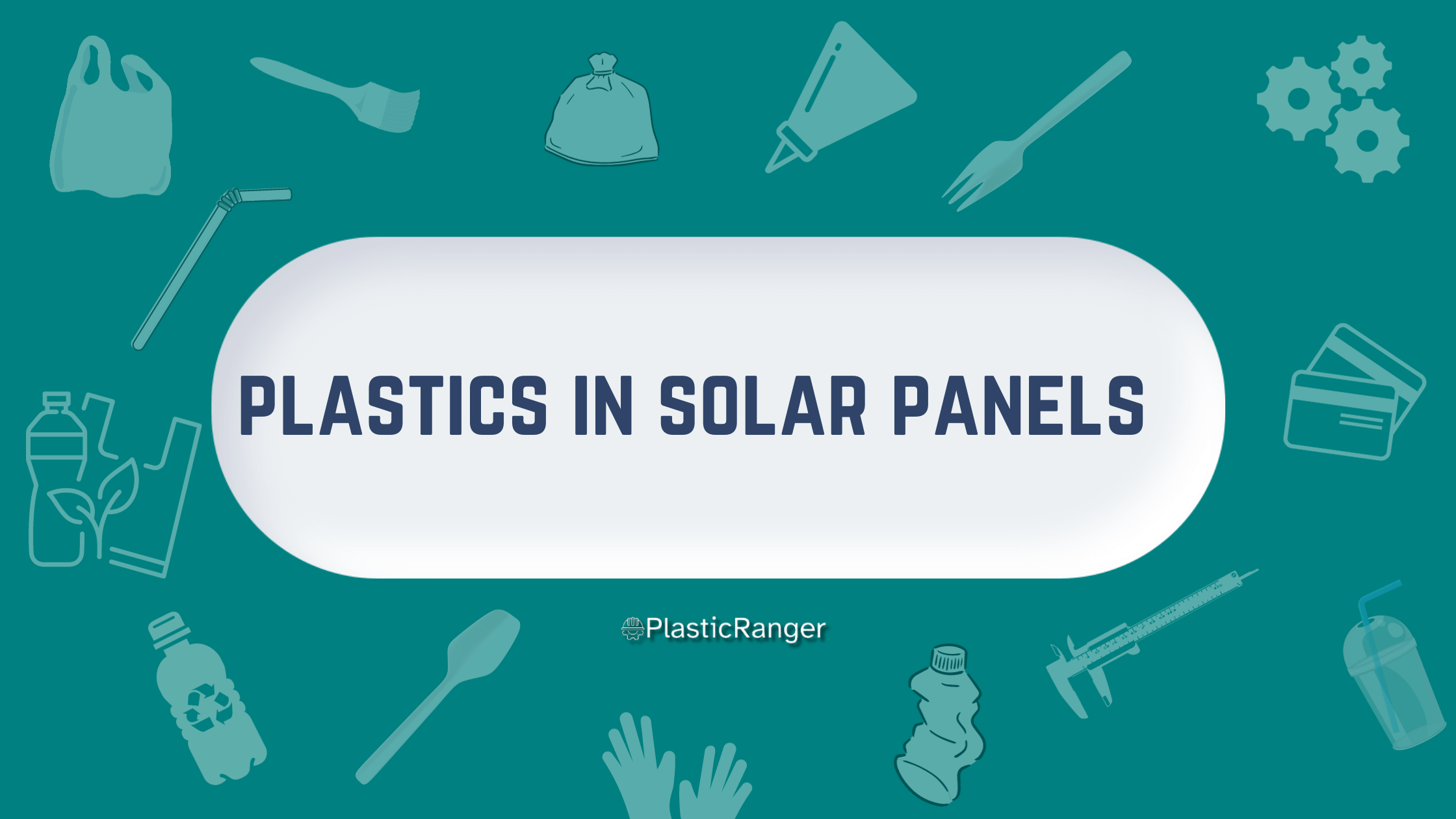Solar panels have taken center stage in pursuing sustainable energy solutions in recent decades. As the world continues to confront the challenges of climate change, the utilization of renewable energy sources such as solar power becomes all the more critical. However, many may not realize the role plastics play in the development and functionality of solar panels.

Plastics in Solar Panels: A Comprehensive Overview
This article aims to shed light on the use of plastics in solar panels, exploring their benefits, concerns, and future outlook.
Why Plastics in Solar Panels?
Plastics, particularly polymers, are known for their flexibility, durability, and versatility. Their unique properties make them especially useful in solar applications.
Lightweight: Plastics reduce the overall weight of solar panels, making installation easier and expanding the range of possible installation sites.
Flexibility: Certain solar applications, such as flexible solar films and portable solar chargers, require a level of adaptability that rigid materials cannot provide.
Durability: Plastics, especially when treated, can resist UV radiation and weathering, ensuring longevity and reducing maintenance costs.
Cost-effective: Plastic-based components in materials like PLA plastic can be less expensive than their alternatives, making solar energy more accessible and affordable.
Types of Plastics in Solar Panels
Several types of plastics have found their way into the solar industry
EVA (Ethylene-Vinyl Acetate): This is the most common encapsulant used to bind the solar cells in the module and protect them from external factors. EVA provides excellent transparency, ensuring sunlight can penetrate the solar cells.
Backsheets: Typically made from a combination of polymers, the backsheet is the rear-most layer of a solar panel. Its primary function is to provide insulation and protection. Polymers like PVDF, PET, and PVC are commonly used.
Polymeric Frames: Some solar panels come with polymeric frames instead of traditional aluminum ones, mainly to reduce weight and costs. Plastics like polycarbonate and polypropylene can be viable materials for these frames due to their robustness and UV resistance.
Solar Inverters: Certain components of solar inverters, which convert DC from solar panels to AC for home use, are made from plastics such as polystyrene and Nylon and are utilized for certain parts due to their dielectric strength.
Junction Boxes: Another integral solar panel component is the junction box, which often incorporates plastics. PBT plastic is frequently chosen for its electrical properties, density, and flame resistance.
Conduits and Cabling: For wiring and connections, conduits made from HDPE or PVC are often employed. They offer flexibility, glass transition temperature, durability, and protection against environmental factors.
Advantages of Using Plastics Innovation
Plastics have led to the development of innovative solar solutions like thin-film solar panels, which can be integrated into windows or curved surfaces.
Scalability: With plastics, manufacturers can produce solar panels at a larger scale and reduced cost, accelerating the global adoption of solar energy.
Performance: Certain plastic materials can enhance the performance of solar panels by offering superior light transmission, thermal stability, and resistance to weather conditions.
Environmental Concerns and Challenges
Despite the benefits, environmental concerns are associated with using plastics in solar panels:
End-of-life Disposal: Like all products, solar panels have a finite lifespan. While they last for 25-30 years, the question arises regarding the recycling or disposal of the plastic components.
Microplastics: As plastics degrade over extended periods, there’s potential for microplastics to be released, which can have detrimental effects on ecosystems.
Sustainability: The production of certain plastics can be resource-intensive and environmentally taxing.
The Future: Sustainable and Biodegradable Plastics
The industry is acutely aware of the environmental challenges. As a result, research is underway to develop sustainable plastic alternatives:
Bio-based Plastics: These plastics have a reduced carbon footprint derived from renewable resources. For instance, bio-based EVA can be an alternative to its fossil-fuel-derived counterpart.
Recycling Initiatives: Efforts are underway to establish robust recycling frameworks to recover and repurpose plastic components from old solar panels.
Concluding Thoughts
Conclusion Plastics have undeniably played a pivotal role in advancing solar technology. Their unique properties have paved the way for innovations, affordability, and broader adoption of solar energy.
However, as with any solution, there are associated challenges, especially regarding the environment. As the world continues to embrace renewable energy, the onus is on industry stakeholders to address these challenges head-on and ensure that the solar industry remains genuinely sustainable. The path forward lies in innovation, research, and a commitment to the planet.
Quick Navigation
